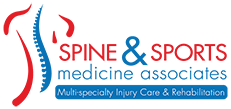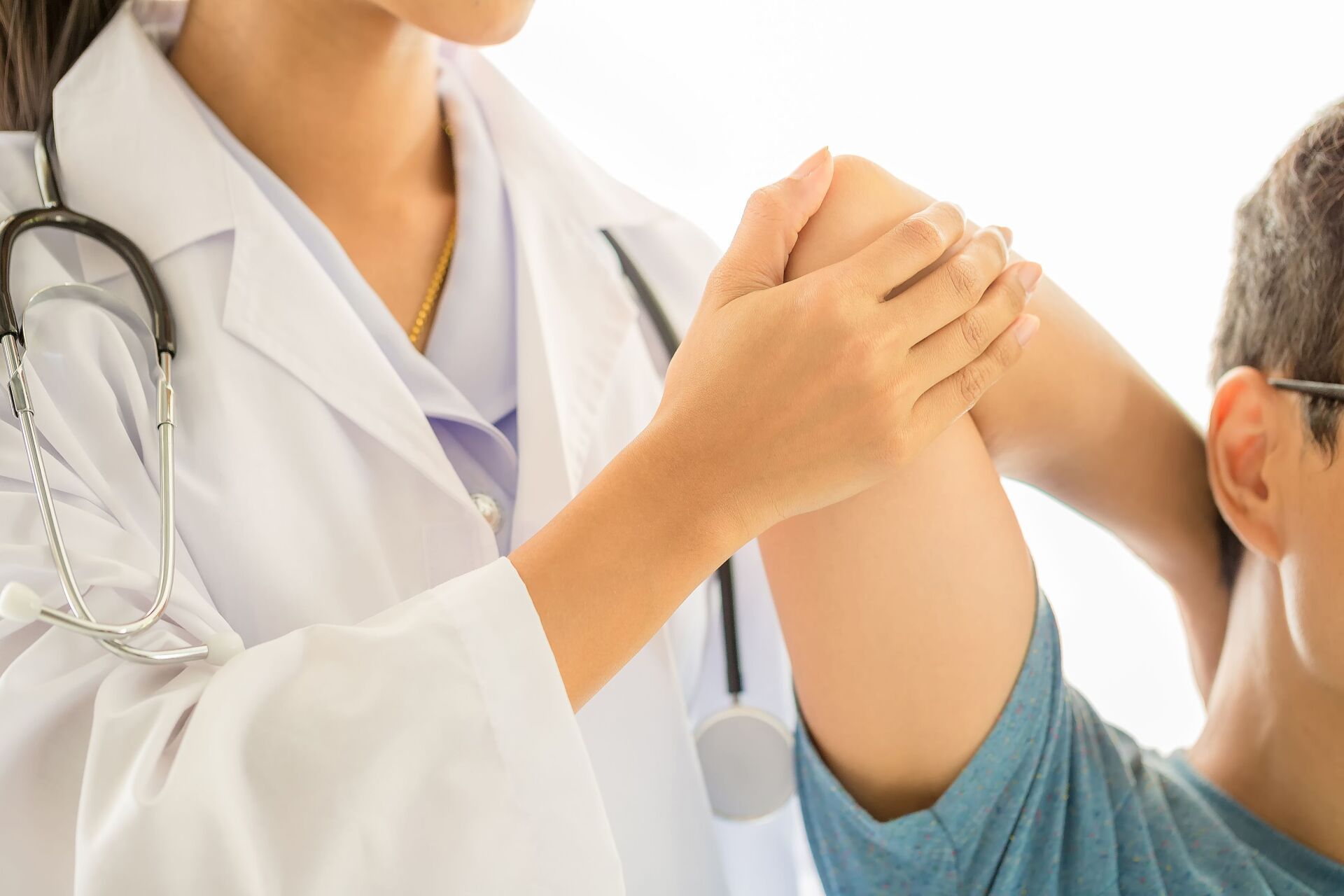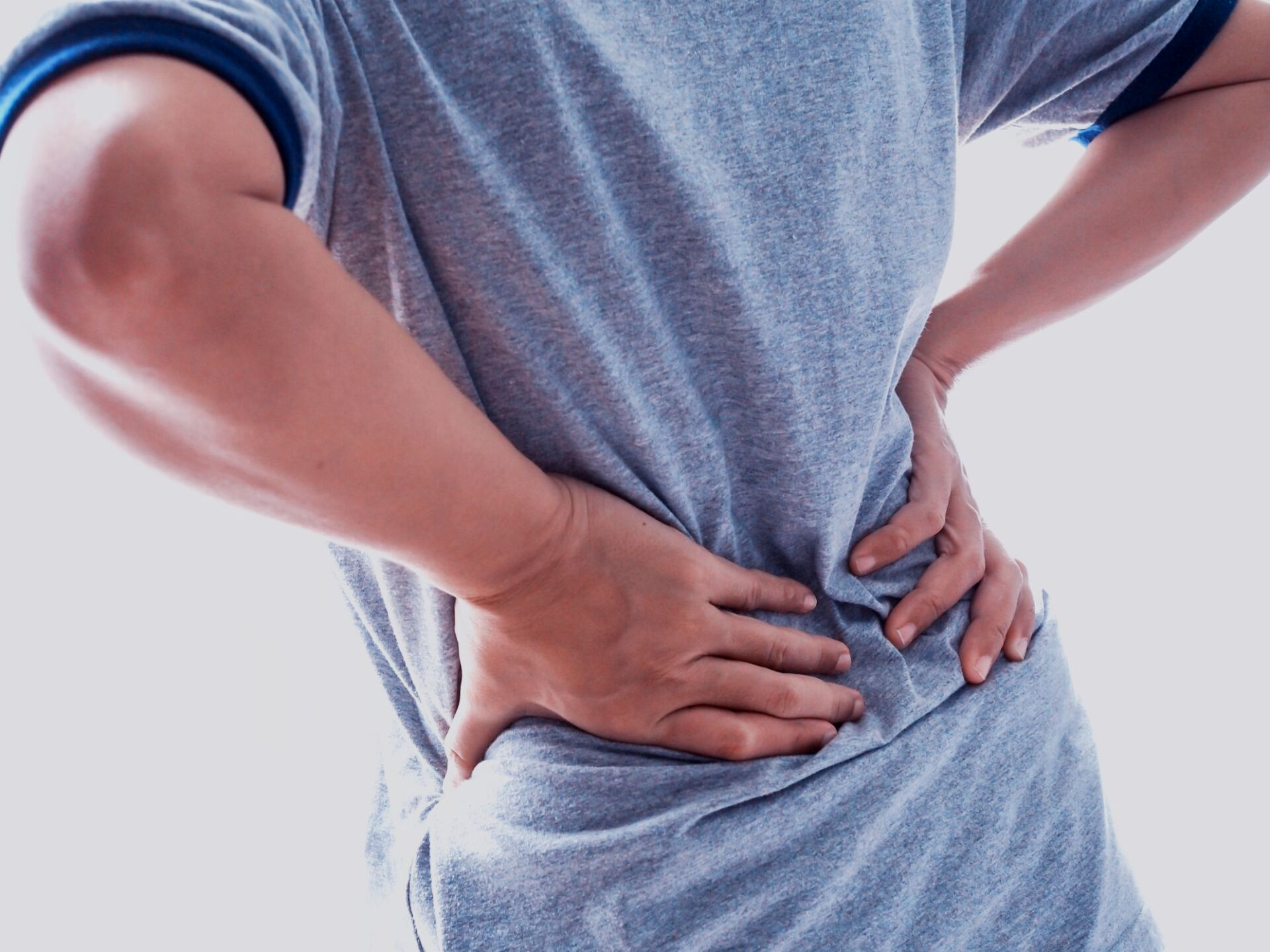Commonly Treated Conditions
Auto and Work Related Injuries
Whether you have been in a car accident, personal injury or hurt on the job, Spine and Sports Medicine Associates is the facility of choice. We specialize in treating these injuries and set the standard of care for the area. When you are treated at our clinic, you are treated in a multidisciplinary manner combining several specialties to achieve the best possible outcome. Call our office to schedule your initial consultation and examination. Accident and Injury Rehabilitation at our clinic provides:
- Complete and Comprehensive Chiropractic, PT and Rehabilitation Services
- Multi-Specialty Care With Chiropractic Physicians, Physical Therapy, and an on-site consulting Orthopedic Surgeon
- On-Site Digital X Rays and Referral for MRI, CT Scan, Bone Scan and Blood Studies
- Prescription Medications, Cortisone Injections and Trigger Point Injections
- Orthopedic Surgical Procedures Through Southington Surgical Center (Dr. Scott Organ, MD, PLLC)
- In-Network Participation With Most Worker Compensation Carriers
- Our Office Accepts Letters of Protection for All Services Including Injections and Surgery
- Comprehensive Narrative Reports Including Evaluation of Permanent Impairment
- Independent Medical Examinations
If you are injured at work, contact your supervisor and inform them of your accident. If you are injured in an auto accident, contact your insurance company and inform them of your accident. Upon contact, they will provide you with the necessary paperwork to document your injury. Each state has a set of laws for obtaining health care following a work-related accident. In Connecticut, after an initial visit with your company doctor, you are free to see the doctor of your choice. It is important to be evaluated by your own healthcare professional as soon as possible following a work-related or auto accident. This will minimize any long-term effects caused by your accident. Spine and Sports Medicine Associates specializes in the treatment and rehabilitation of work-related or automobile-related injuries.
Neck Pain/Whiplash Injuries
Neck pain can occur anywhere in your neck, from the bottom of your head to the top of your shoulders. It can spread to your upper back or arms. It may limit how much you can move your head and neck. Neck pain is common after whiplash injuries sustained during motor vehicle collisions.
These injuries can lead to neck muscle strain, ligament stretching, spasm of the neck and trapezius muscles, swelling of the facet joints, and injury to the intervertebral discs.
Common diagnoses associated with neck pain include:
- Whiplash
- Muscle Strain/Muscle Spasm
- Degenerative Disc Disease
- Disc Bulges/Herniations
- Facet Syndrome
- Thoracic Outlet Syndrome
- Pinched Nerves/Stingers
Low Back/Sciatica
Low back pain can be caused by everyday things like carrying the kids, cleaning the floors, lifting groceries out of the car, or even lugging around a little extra weight up front. It may also be the result of lifting, bending and twisting, or worse yet, sitting all day at work. Add all of this to a slip or fall or a previous car accident, it's not difficult to understand why studies show that 80% of Americans will suffer from low back pain at some time during their life.
Many times back pain begins after just bending down to pick up a pencil. Now, it’s not the pencil causing your back pain, but rather your lower backs structure (meaning the muscles, joints, discs and vertebrae) has weakened over time and lost it’s normal stability and function. In short, your structure could not provide the necessary support for your spine resulting in injury and pain.
Sciatica is a condition in which low back pain is accompanied by leg pain. The sciatic nerve is one of the largest nerves in the body, and consists of several individual nerves (L3-S4) that originate from the lower back.
The sciatic nerve can become irritated or inflamed by low back facet syndrome or dysfunction, disc bulges/herniations, degenerative disc disease, spondylolisthesis, spinal stenosis, or by direct compression on the nerve by a muscle (i.e. Piriformis syndrome).
Disc Bulges/Disc Herniations
The bones (vertebrae) that form the spine in your back are cushioned by small, spongy discs. When these discs are healthy, they act as shock absorbers for the spine and keep the spine flexible. But when a disc is damaged, it may bulge or break open. This is called a herniated disc.
You can have a herniated disc in any part of your spine. But most herniated discs affect the lower back (lumbar spine). Some happen in the neck (cervical spine) and, more rarely, in the upper back (thoracic spine).
A herniated disc may be caused by wear and tear of the disc. As you age, your discs dry out and aren't as flexible or through an Injury to the spine. This may cause tiny tears or cracks in the hard outer layer of the disc. When this happens, the gel inside the disc can be forced out through the tears or cracks in the outer layer of the disc. This causes the disc to bulge, break open, or break into pieces.
Degenerative Disc Disease/Spinal Stenosis
Spinal stenosis is the narrowing of spaces in the spine (backbone) which causes pressure on the spinal cord and/or nerves. About 75% of cases of spinal stenosis occur in the low back (lumbar spine). In most cases, the narrowing of the spine associated with stenosis compresses the nerve root, which can cause pain along the back of the leg.
Degenerative Disc Disease (DDD) refers to the changes that occur in the spine as it ages. With aging and wear and tear, the outer lining of the disc begins to weaken and the disc starts to lose its water content.
As a result, the disc space begins to narrow. Although this is a normal process of aging and generally painless in its early stages, for some DDD can be a source of spine pain and if severe enough can lead to nerve compression.
Shoulder/Elbow/Wrist Pain
At one time or another, everyone has had a minor injury to a shoulder, hand, or wrist that caused pain or swelling. Most of the time our body movements do not cause problems, but it's not surprising that symptoms develop from everyday wear and tear, overuse, or a traumatic injury. Finger, hand, or wrist injuries most commonly occur during:
- Automobile Collisions
- Work-related Injuries
- Falls
- Repetitive Overuse Injuries
The risk of shoulder, hand, or wrist injury is higher in contact sports, such as wrestling, football, or soccer, and in high-speed sports, such as biking, in-line skating, skiing, snowboarding, and skateboarding. Sports that require weight-bearing on the hands and arms, such as gymnastics, can increase the risk for injury. Sports that use hand equipment such as ski poles, hockey or lacrosse sticks, or racquets also increase the risk of injury.
Common diagnoses associated with shoulder/elbow and wrist pain include:
- Rotator Cuff Tendonitis/Tendinosis
- Impingement Syndrome
- Bursitis
- Adhesive Capsulitis (Frozen Shoulder)
- Lateral Epicondylitis (Tennis Elbow)
- Medical Epicondylitis (Golfers Elbow)
- Cubital Tunnel Syndrome
- Tenosynovitis
- Carpal Tunnel Syndrome
Active Release Technique (ART), physical therapy and specific functional rehabilitation are proven effective conservative treatment options for shoulder, elbow and wrist conditions.
Hip/Knee/Foot Pain
Knee, Hip and Foot pain, can make almost anything you do painful: walking, climbing stairs, -- even sitting or lying down. Although replacement surgery is one osteoarthritis treatment option that can help bring relief, it’s not the only one. There are many choices to try first that can reduce knee pain, improve your ability to move, and possibly delay or eliminate your need for joint replacement surgery altogether Manual and rehabilitative therapy can help you regain motion and flexibility of your knee and relieve pain. It may also strengthen the muscles that support your knee, increasing your balance and stability. Our therapy team can design a program for you that may include stretching and range-of-motion exercises, strengthening exercises, and cardiovascular exercises to help improve lung and heart fitness. We can also prescribe braces or splints to support and stabilize painful knees or canes to reduce the load on your knee. Common diagnoses associated with hip, knee and foot pain include:
- Hip/Knee Osteoarthritis
- Bursitis of the Hip/Knee
- Iliotibial Band (ITB) Syndrome
- Sprains/Strains
- Patellofemoral Syndrome/Patellar Tendonitis
- Meniscus Injuries
- Ligament Tears (ACL, MCL)
- Shin Splints/Medial Tibial Stress Syndrome
- Plantar Fasciitis
Headaches
Almost all people experience a headache at some time in their lives. One study estimates that over 50 million people in the US suffer from headaches. Although most headaches do not indicate serious illness, they are a major cause of suffering and missed work, and rank as one of the most common reasons people consult a doctor. The most common headaches come from the muscles (Tension headache), joints (Cervcogenic), blood vessels (Migraines), Sinus or systemic conditions such as fevers, or low blood sugar.
According to a study at Duke University evidence based practice center, Chiropractic spinal manipulation was superior to other manual treatments, resulted in more sustained improvement for cervicogenic headaches and had significantly fewer side effects and longer lasting relief of tension-type headaches than commonly prescribed medicines.
Post-Surgical Rehab
Post Surgical Rehab is post operative and pain management care for patients. Our number one priority is to provide service excellence and the most innovative treatments in the industry. Post Surgical Rehab provides a variety of treatments for the neck, shoulder, elbow, wrist, hand, back, hip, knee, ankle, and foot.
Tendonitis/Bursitis
Bursitis is the inflammation or irritation of the bursa. The bursa is a sac filled with lubricating fluid, located between tissues such as bone, muscle, tendons, and skin, that decreases rubbing, friction, and irritation.
This condition is most often caused by traumatic injuries, repetitive use and cumulative trauma injuries, blunt impact to the area, or from a sudden, more serious injury. Age also plays a role. As tendons age they are able to tolerate stress less, are less elastic, and are easier to tear. Overuse or injury to the joint at work can also increase a person's risk. Examples of high-risk activities include gardening, raking, carpentry, shoveling, painting, scrubbing, tennis, golf, skiing, throwing, and pitching. Incorrect posture and poor stretching or conditioning before exercise can also cause symptoms.
Repetitive Overuse Injuries
Overuse injuries can result from repetitive athletic movements (running, swimming, weightlifting, golfing, etc.) Repetitive occupational demands, poor posture, or unresolved past injuries. Chronic soft-tissue stress (micro-trauma) can cause your body to produce tough, dense scar tissue that alters normal movement patterns and joint function. Injuries can manifest as a loss of strength, pain, and decreased range of motion. If a nerve becomes entrapped then numbness, weakness and tingling can result. Injuries typically have components of soft-tissue dysfunction, joint dysfunction and movement pattern dysfunctions. All components of the injury are equally important and must be assessed and addressed to fully resolve the condition.


